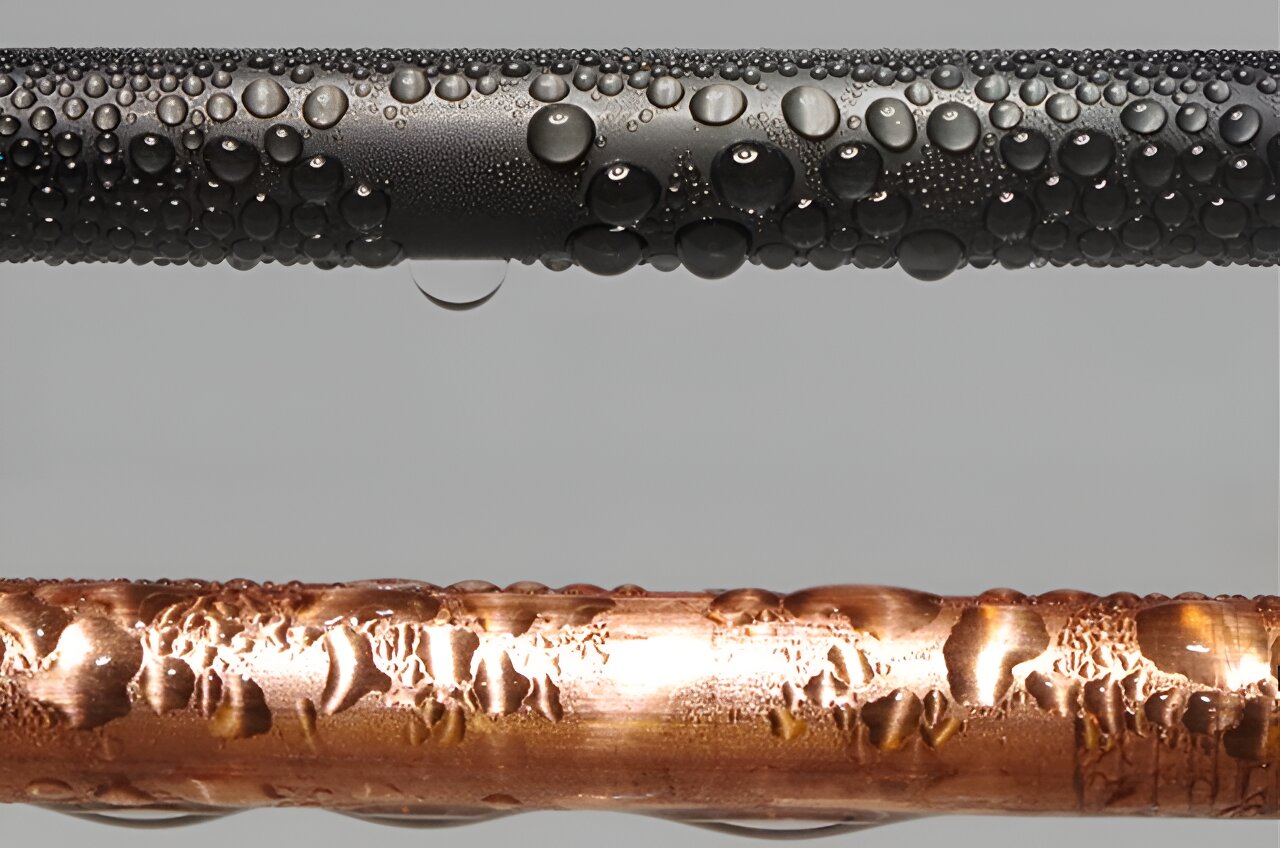Steam condenser coating could save 460 million tons of carbon dioxide annually:: If coal and natural gas power generation were 2% more efficient, then every year, there could be 460 million fewer tons of carbon dioxide released and 2 trillion fewer gallons of water used. A recent innovation to the steam cycle used in fossil fuel power generation could achieve this.
“The reality is that fossil fuels aren’t going away for at least 100 years,” said Nenad Miljkovic, a professor of mechanical science & engineering at UIUC and the project lead.
The reality is that either they go away much sooner, or we better start enjoying hurricanes, wildfires, rising seas and droughts a lot more than we do now.
You better start enjoying them anyway. Unless we get really good at sucking CO2 out of the atmosphere it will be only getting worse. The atmosphere-ocean system isn’t at equilibrium yet and we keep pumpin’ every year.
Those things are here to stay. Were just hoping they don’t get worse.
Sure, this is better than what we’re currently doing but the more we look to entrench ourselves in less polluting nonrenewable energy, the more excuses we have to not switch to better alternatives.
“If our F-DLC coating were adopted globally, it would noticeably curtail carbon emissions and water usage for the existing power infrastructure”
There are clearly benefits to increasing the efficiency of the steam cycle, but I feel like for 2% this is a bit of an overstatement.
Skepticism is good, but if it would seem they have checked things out.
improved the heat transfer properties by a factor of 20, which translates to a 2% overall process boost.
They also ran some durability tests, that pass my poorly informed laymen’s bar of reasonable. (5K scratches and a different test of about 3 years in open.)
Edit: A chemist I know days “PFAS”.
Are we about to invent moisture farming? Is that what I’m reading?
If this loses them a penny of profit they won’t do it.




